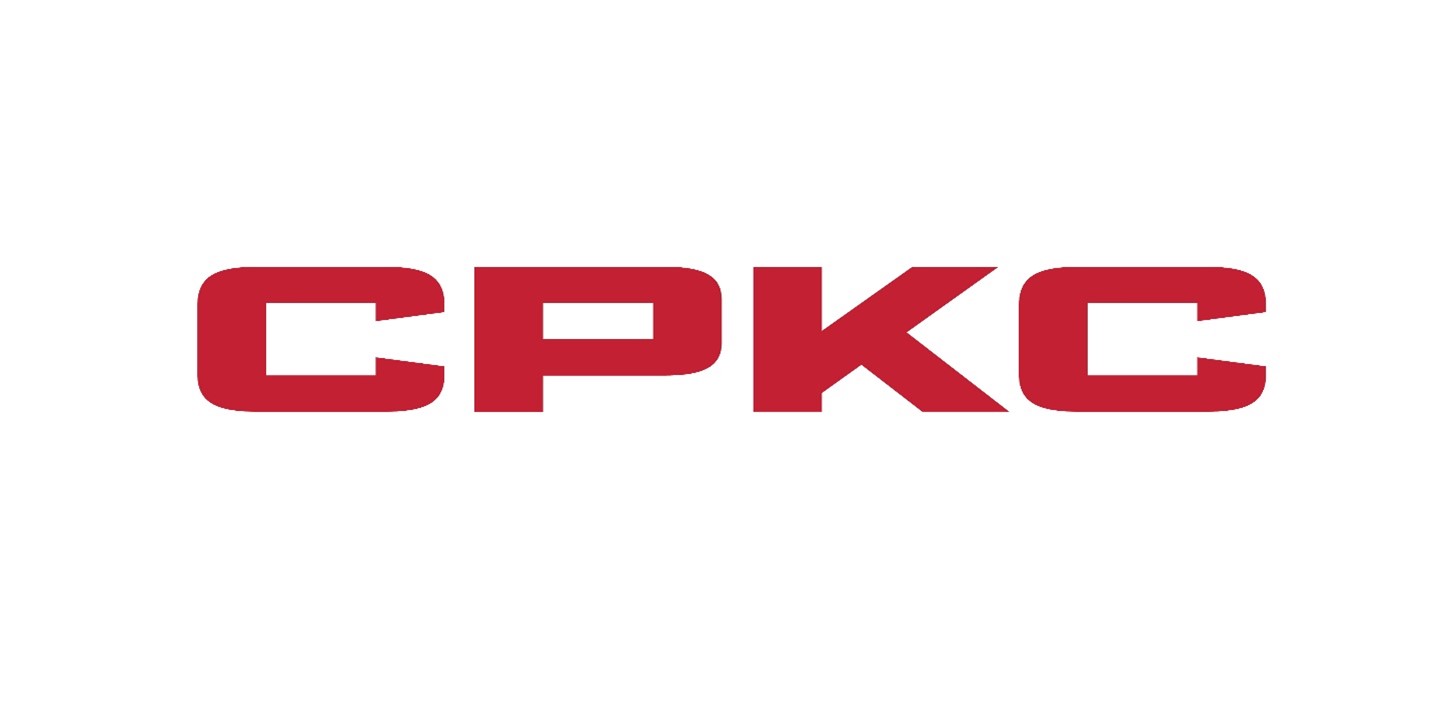 Microsoft's Cloud business is experiencing explosive growth, and the Capacity, Supply Chain & Provisioning (CSCP) organization is responsible for enabling the infrastructure and industry-leading supply chain underlying this growth. As Microsoft scales to become the global leader in cloud deployments and services, they are embedding sustainability across the product lifecycle by deeply understanding the environmental impact of their supply chain and cloud hardware underpinning cloud growth.
Microsoft's Cloud business is experiencing explosive growth, and the Capacity, Supply Chain & Provisioning (CSCP) organization is responsible for enabling the infrastructure and industry-leading supply chain underlying this growth. As Microsoft scales to become the global leader in cloud deployments and services, they are embedding sustainability across the product lifecycle by deeply understanding the environmental impact of their supply chain and cloud hardware underpinning cloud growth.
Much of the hardware we currently have in fleet has been characterized for embodied carbon using process LCA modeling techniques. There is, however, a significant volume of Cloud hardware parts that lack deep teardown understanding and documented mapping of critical physical and chemical aspects of those parts.
The Sustainability Science, Methodologies, & Standards (SSMS) and Circular Cloud (CC) teams in CSCP at Microsoft would like an in-depth product/component/material teardown analysis done of their Cloud hardware. The SSMS team is very interested in material composition analysis, measurement of physical dimensions, high resolution digital microscopy imagery, and optimal process for demanufacturing/disassembly/material recovery. Items to consider should include, but not be limited to, general feasibility, cost, size/scope of the project, recoverability of materials and potential embedded economic material vs functional value, return on investment, commodity vs customizable parts, and design for sustainability. Any applicable global, regional, federal, state, and local requirements should be considered throughout the design process.















